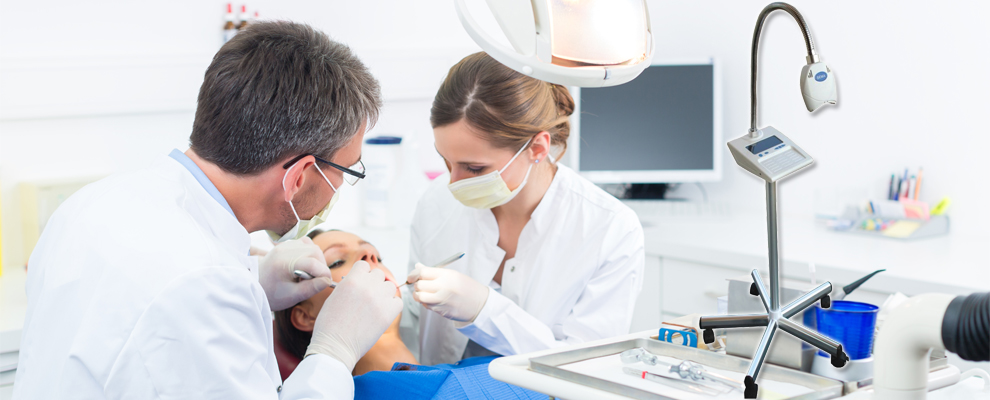Scraping frequency with Ultrasonic Scaler
Objective To investigate the effects of the scraping frequency with ultrasonic scaler and the polishing time with rubber on the surface roughness of teeth in vitro.Methods The surface of 80 bicuspid teeth which were treated with ultrasonic scaler by different frequencies was observed with surface roughness measuring instrument. Then the surface roughness (Ra) as the measurements could be obtained. After that we used the rubber to polish those bicuspid teeth with different time. Another Ra could be measured. We observed the values of Ra and analyzed how the different polishing time with rubber would influence these surfaces.Results The surface of teeth treated with ultrasonic scaler became rougher with the Ra increased significantly (P<0.05). The surface roughness of the enamel increased as the scraping frequency with ultrasonic scaler was increased too.
But after being polished with rubber polishing cup, it could become smoother (P<0.05). When the Polishes lasted for 2-4s, the surface roughness had non-significant differences compared with those natural teeth (P>0.05).Conclusiona. Piezoelectric ultrasonic scaler scaling across the tooth surface could make the surface rough. Surface roughness would increase as the scraping frequency with ultrasonic scaler was increased too.b. After ultrasonic scaling operation the polishing must being carried. If the patients with less gingival inflammation or fewer calculus, polishing should be carried out for 2s. And the patients with heavier gingival inflammation, more dental calculus or plaque smoke, polishing must be carried out for 4s after scaling.
Related Items


